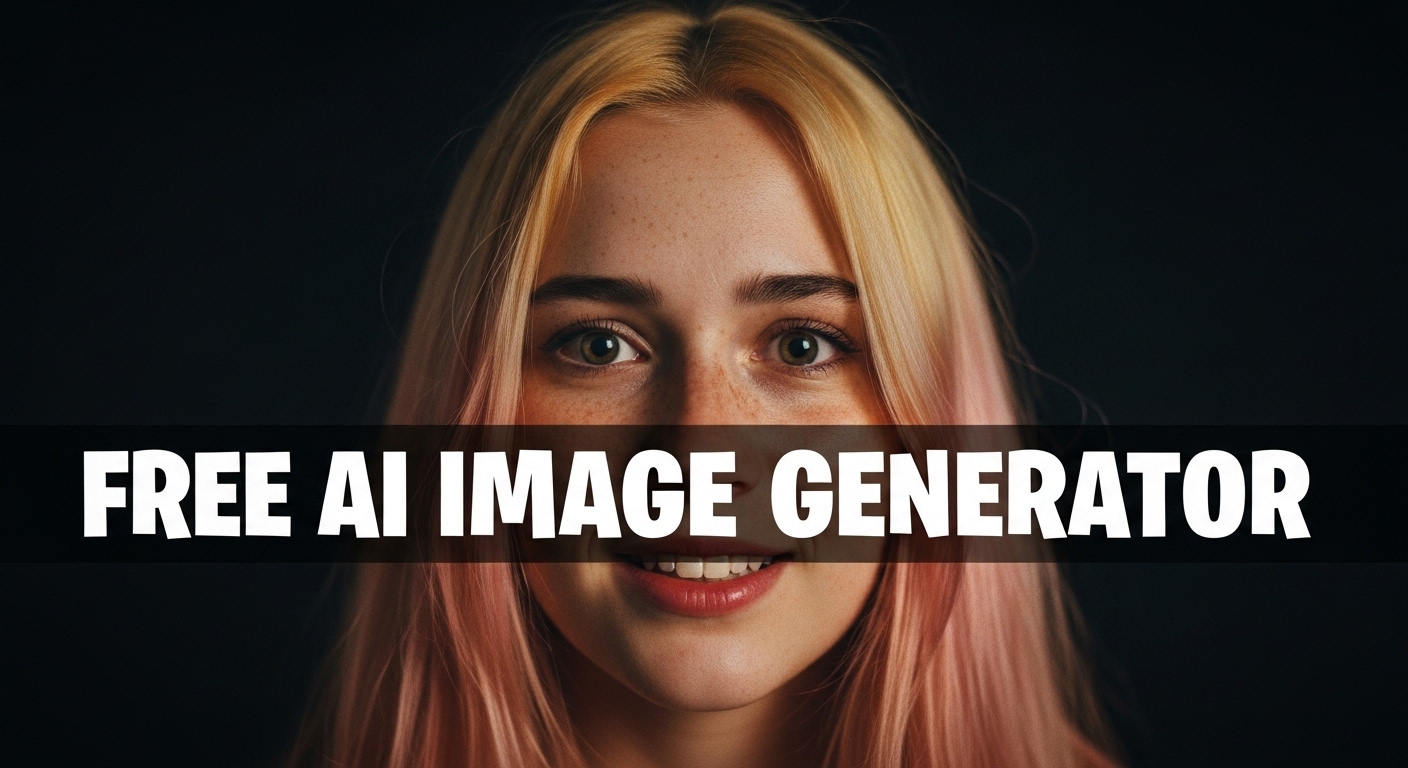Geometric Image Generator
Geometric Image Generator is a free online tool to generate geometric style images. The tool is free to use, just enter prompt in geometric style and generate geometric image style in seconds similar quality to flux, midjourney, open ai, imagen, nano banana AI image quality.
Generate Geometric AI Image for Free
What is a geometric Generator?
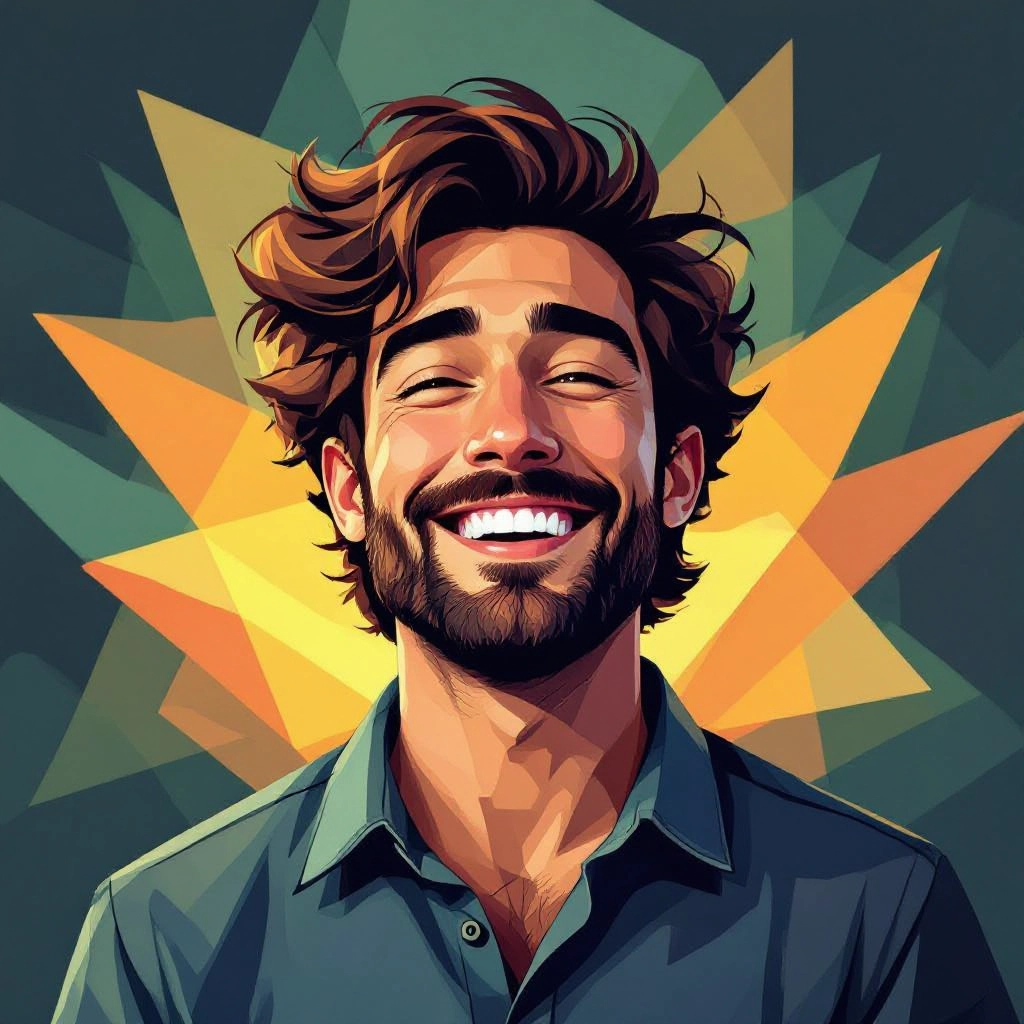
A geometric generator is an AI-driven image tool that produces artwork defined by geometry: polygons, tessellations, grids, hard-edge shapes, and precise vector-like forms. It converts descriptive prompts into images where relationships between lines, angles, and planar color fields are the primary language. The engine applies specialized procedures such as polygonization, Voronoi partitioning, Delaunay triangulation, symmetry mapping, parametric grids, and controlled noise to create crisp, abstracted visuals that emphasize form over photorealism.
Designers, illustrators, brand strategists, game artists, textile creators, and educators use geometric generators to speed up concept exploration and produce consistent pattern systems. Users choose this tool to create scalable visuals that read well at multiple sizes, to prototype low-poly or vector aesthetics quickly, and to automate repeatable geometric motifs for branding, packaging, and surface design. The generator is valued for predictable abstraction, precise control of shape complexity, and export options that fit production pipelines.
How to Create geometric Images
To create geometric images in three steps, first write a clear prompt that names the desired geometry such as polygon count, symmetry type, tessellation pattern, perspective, and color scheme, for example: "low-poly portrait with warm gradient and threefold radial symmetry". Second, set generation parameters including resolution, polygon complexity or tessellation density, symmetry or grid constraints, and any vector or raster export options, then run a preview. Third, iterate by adjusting prompt details, toggling algorithms like Voronoi or Delaunay, using masks or seed values to preserve structure, and finally export the result in the desired format for print or digital use.
Enter AI Geometric Prompt
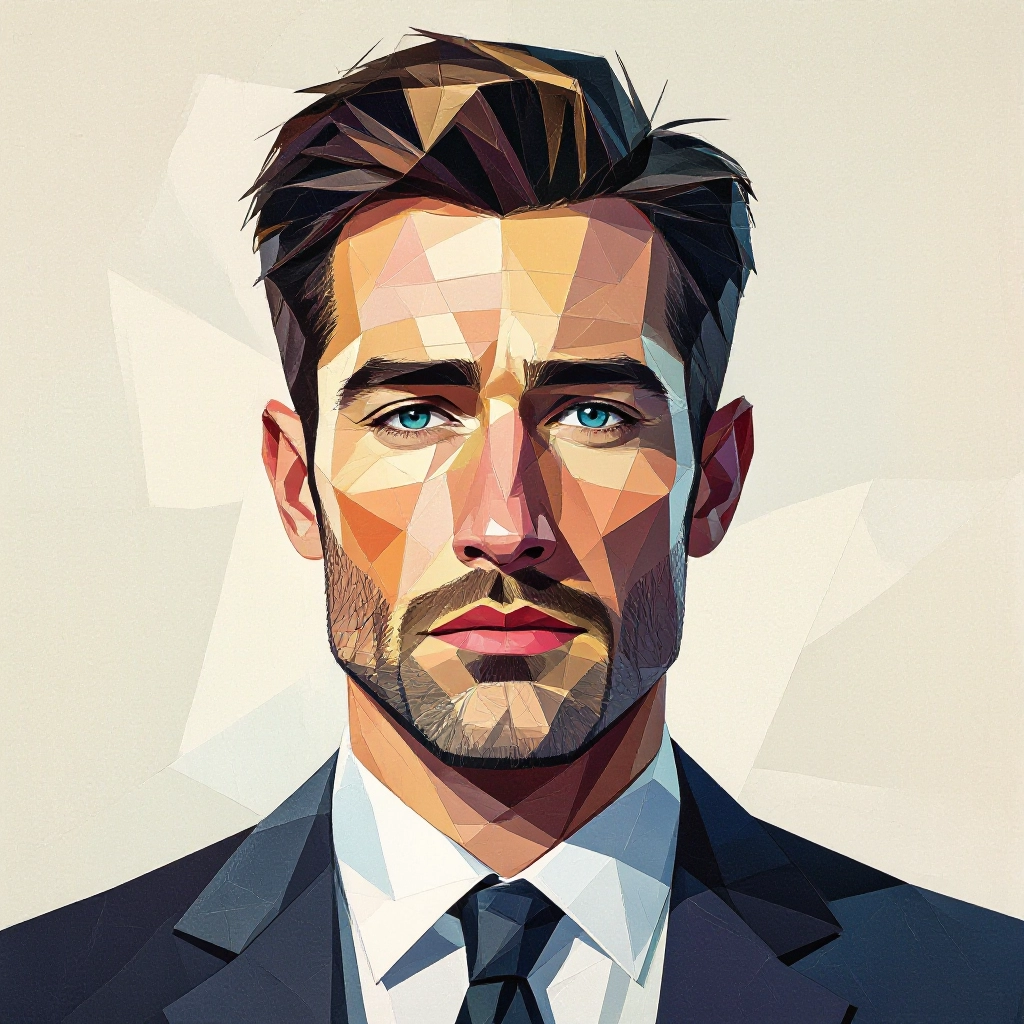
Type your geometric character or scene description in the prompt box. Include details like character appearance, clothing, expressions, and setting to get better AI geometric results.
Choose AI Model Settings
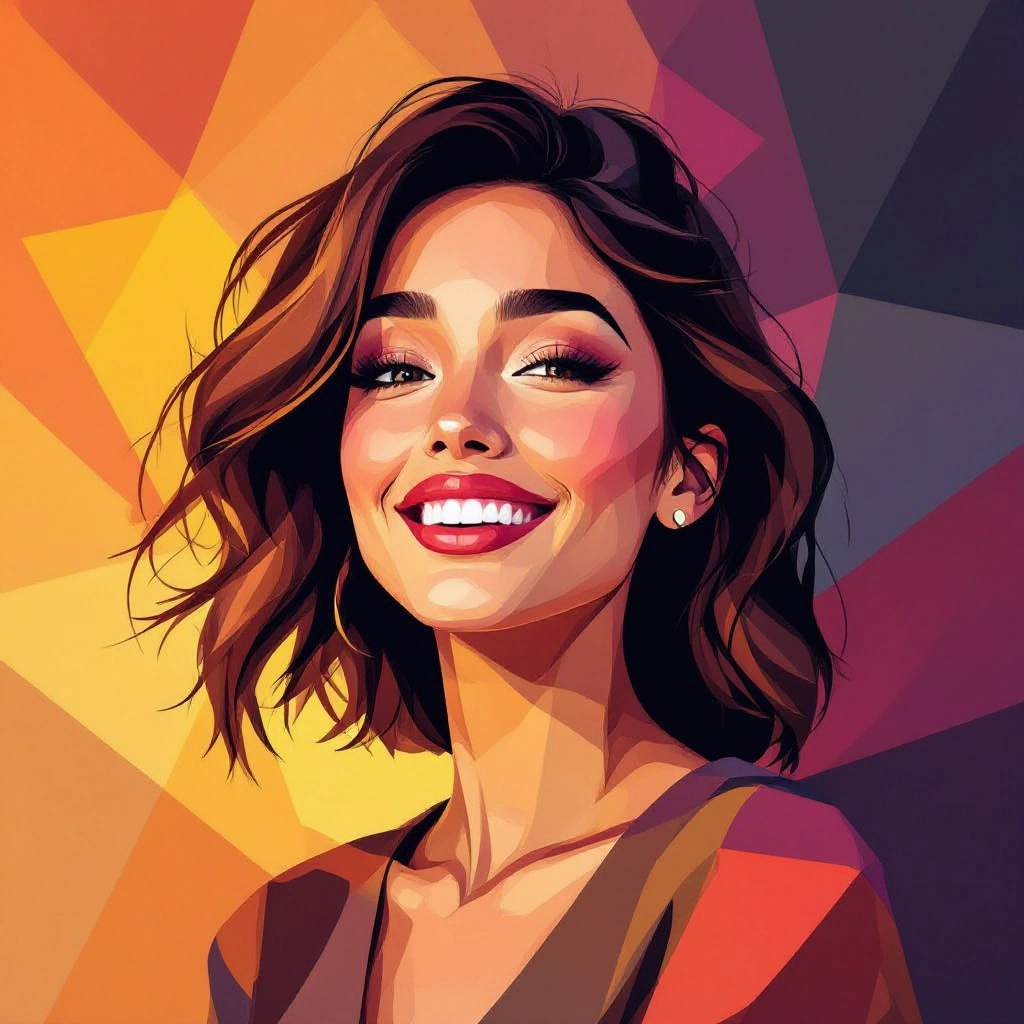
Select your preferred image size and aspect ratio. Our AI model delivers professional quality comparable to:
- • Flux AI Quality
- • Midjourney Standard
- • OpenAI DALL-E
- • Google Imagen
Download AI Geometric Image
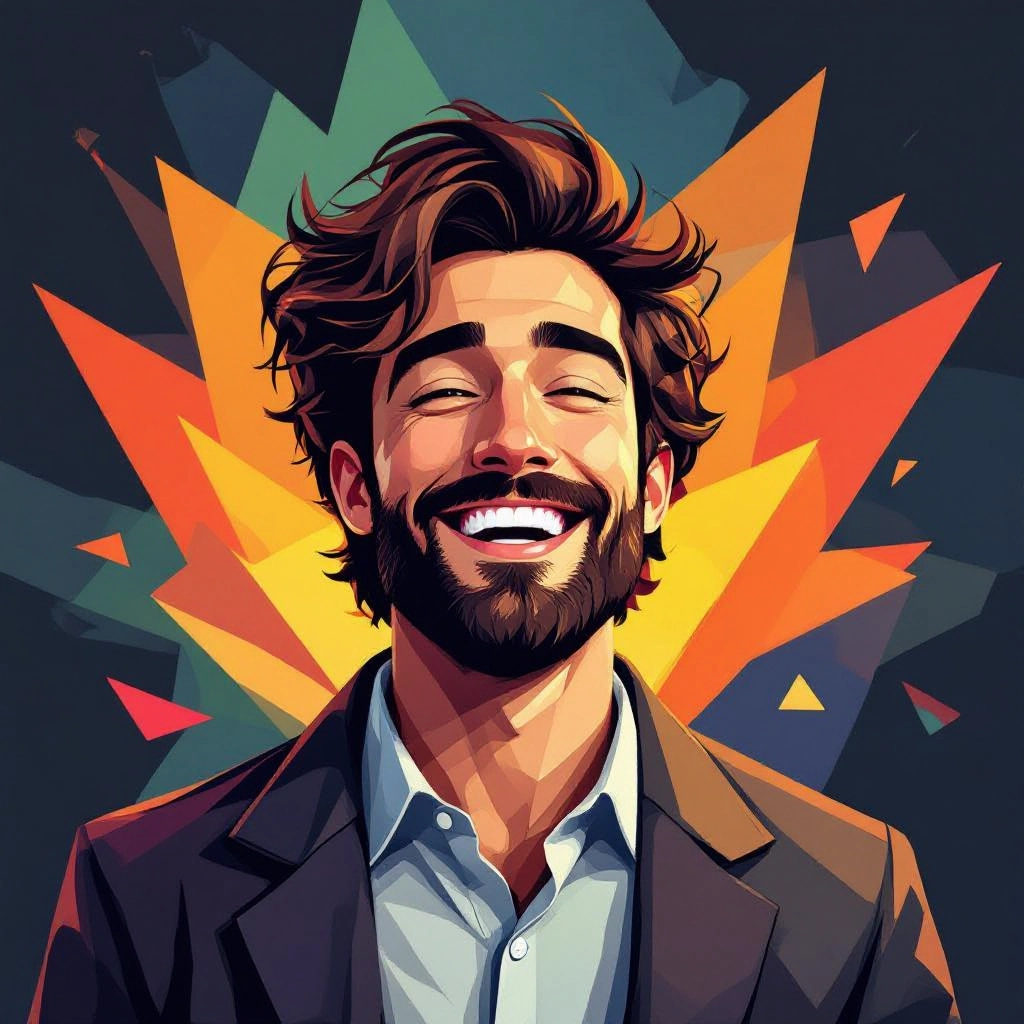
Once your AI geometric image is generated, click the download button to save it to your device. The image will be in high quality format ready for use.
Features of AI geometric Image Generator
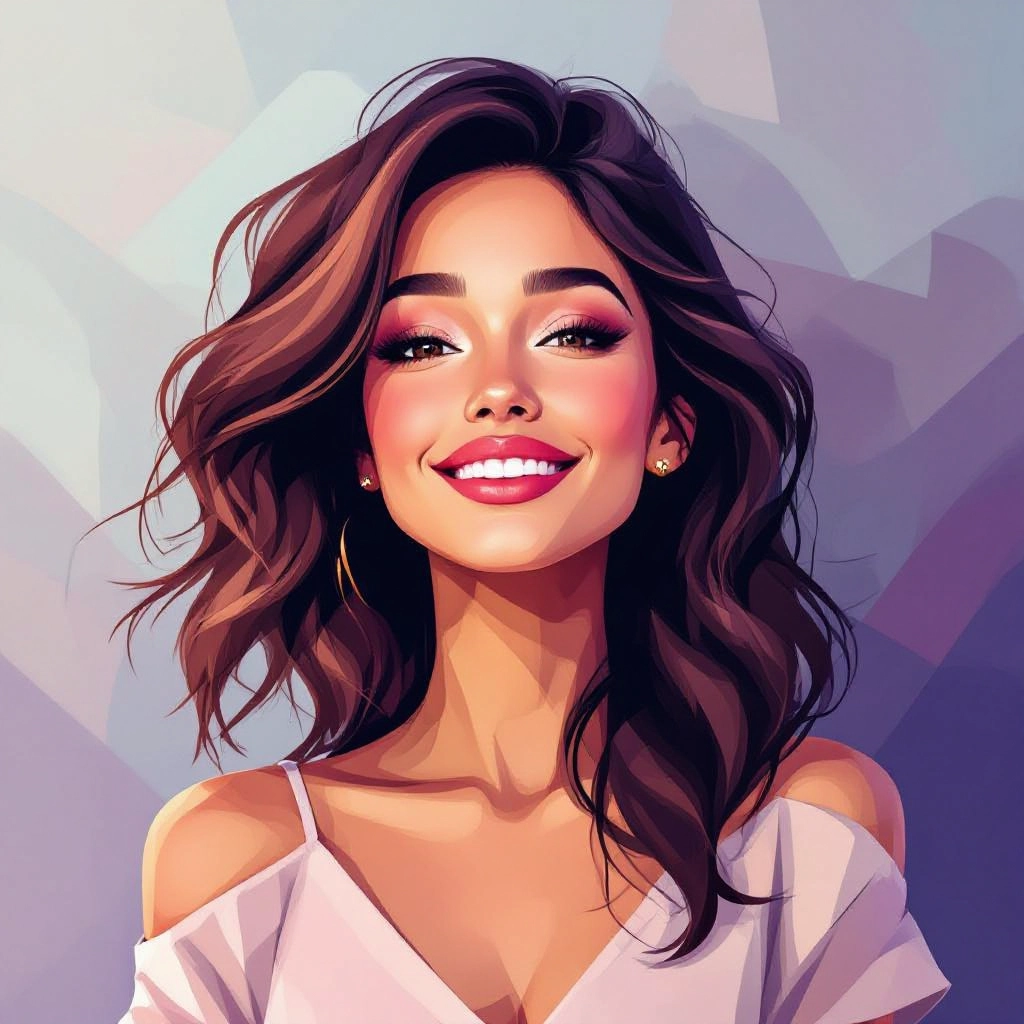
Polygon Count Control
Fine tune the number and size of polygons to move between highly abstract low-poly renders and finely detailed geometric mosaics. Control per-region density so focal areas retain more detail while backgrounds simplify.
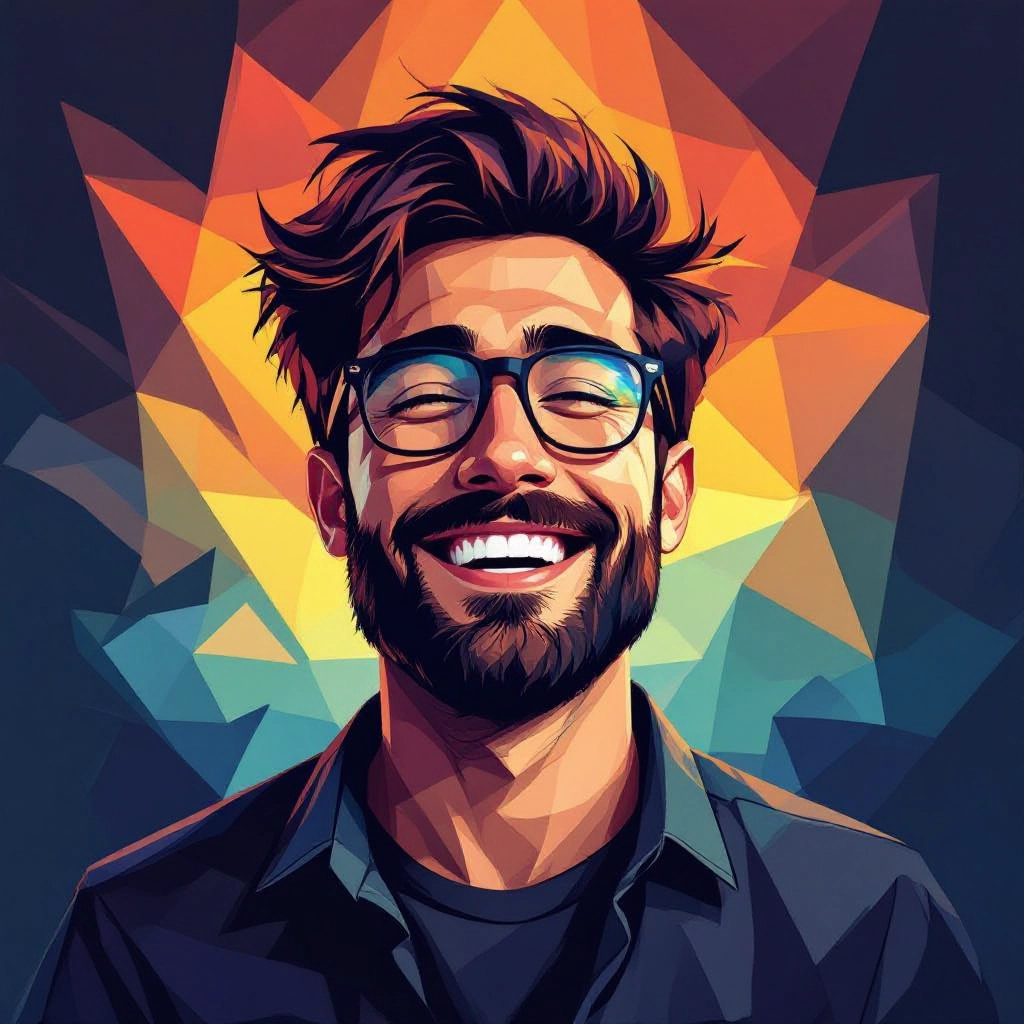
Palette Engine and Color Blocking
Assign color rules and palettes that enforce flat color fills, gradient fills across geometric planes, or palette harmonization. The engine supports color constraints per shape to maintain brand palettes or create striking contrast.
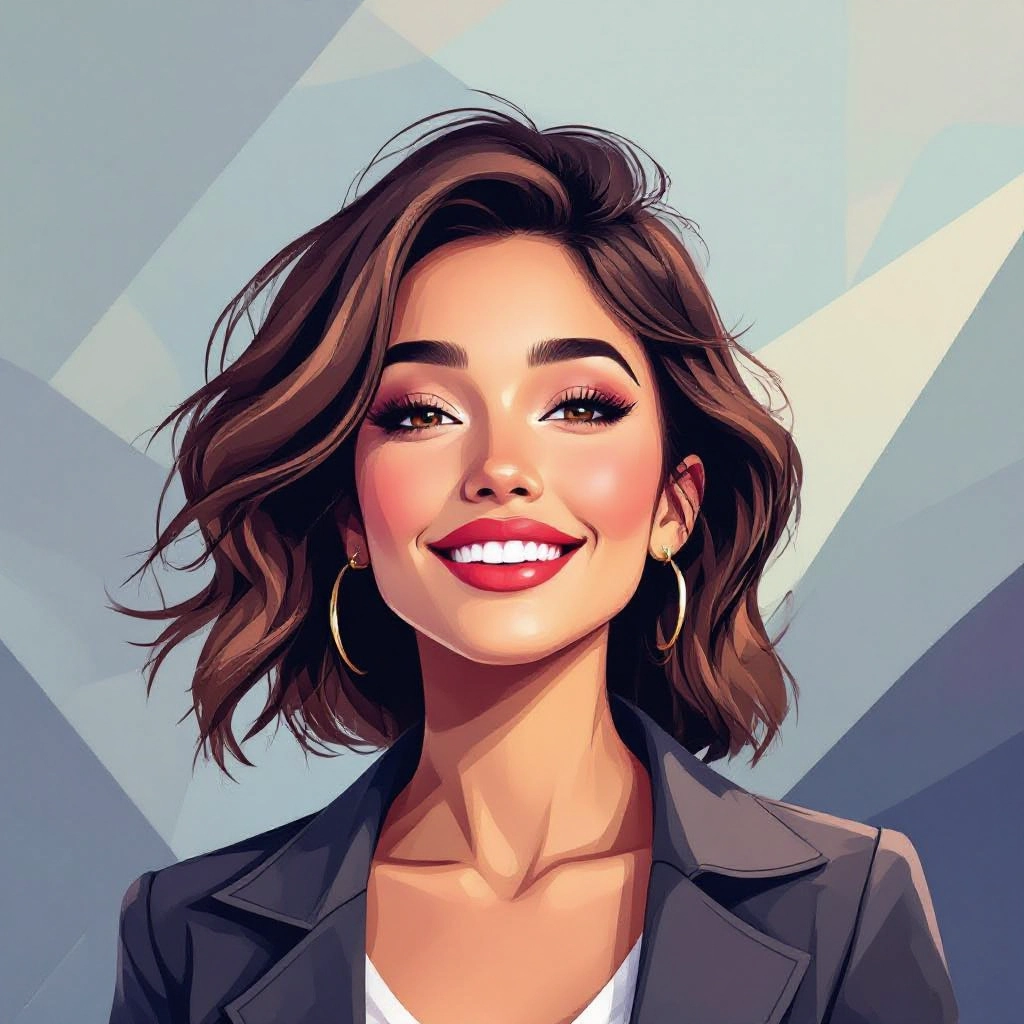
Symmetry and Grid Modes
Choose from axial, radial, mirror, rotational, and isometric symmetry modes or custom grids to enforce precise repetition. Symmetry modes help generate mandalas, tiling patterns, and architecture-inspired motifs with mathematical regularity.
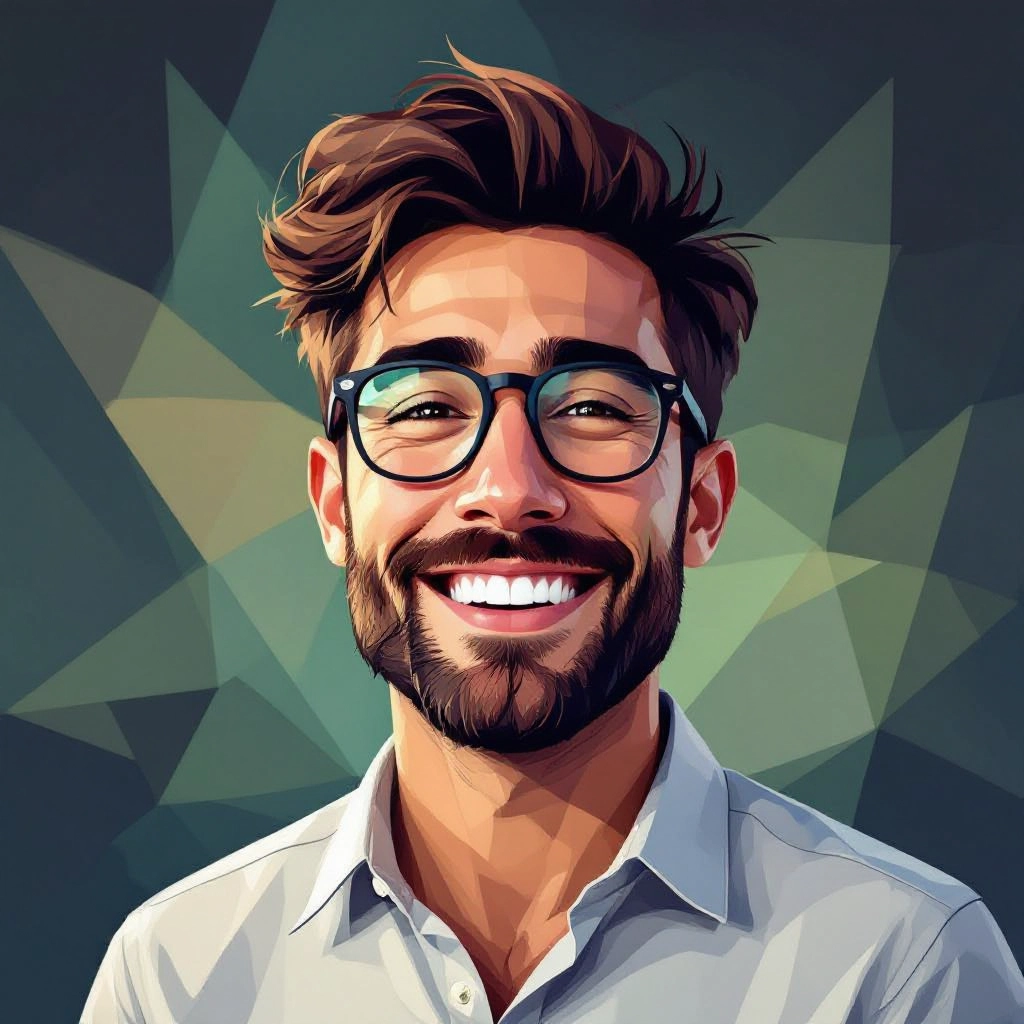
Tessellation and Pattern Algorithms
Built-in tessellation algorithms include Voronoi partitioning, Delaunay triangulation, hex tiling, and custom parametric patterns. These tools let you craft repeating motifs, mosaic backgrounds, and seamless textures for surface printing.
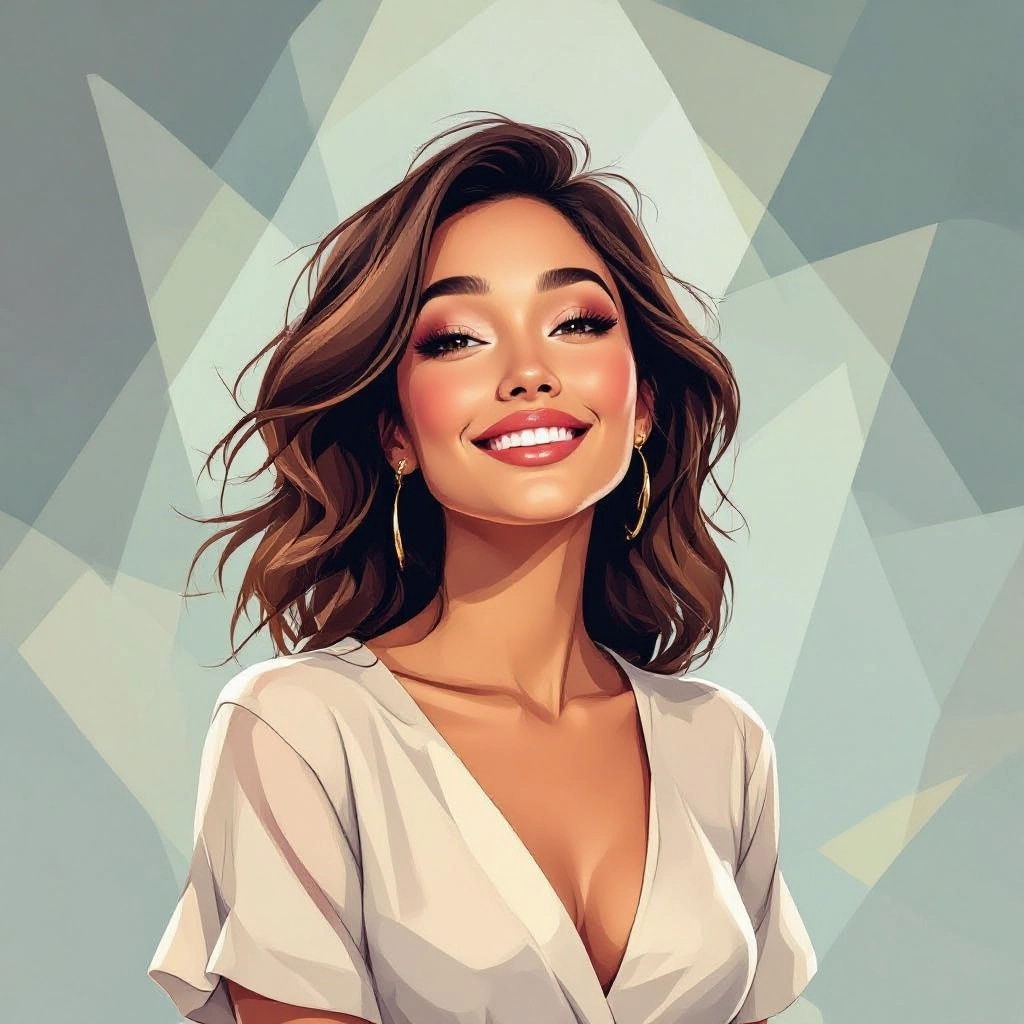
Vector Export and High Resolution Output
Export generated compositions as scalable vector files or high resolution raster images optimized for print, web, and UI use. Vector export preserves geometric crispness for large format prints and product packaging.
Types of AI Powered Geometric Style Images
Geometric imaging covers many visual families. Below are common geometric styles the generator produces, each with distinct rules for shape, structure, and color handling to achieve different moods and uses.
Low-Poly Portraits
Portraits reduced to flat polygons and sharp planes. Edges emphasize facial structure and lighting is suggested through large color facets for a stylized, modern look suitable for avatars and album art.
Tessellated Landscapes
Natural scenes translated into interlocking tiles and repeating cells using hex, square, or Voronoi tessellations. This style abstracts terrain, sky, and foliage into pattern languages ideal for backgrounds and concept studies.
Geometric Abstracts
Nonrepresentational compositions that prioritize composition, rhythm, and contrast. Uses layered shapes, masked forms, and controlled gradients to create bold posters, art prints, and gallery-ready pieces.
Isometric Geometric Scenes
Isometric projections that combine geometric precision with pseudo-3D structure for maps, UI panels, and game assets. Shapes align to a fixed grid providing coherent perspective without complex camera math.
Stained Glass Geometry
Segmented shapes separated by simulated lead lines and filled with luminous color fields. This style mimics stained glass patterning for decorative panels and branded collateral.
Parametric Linework and Wireframes
Fine geometric line systems generated from parametric rules producing wireframe maps, contour grids, and lattice structures. Useful for technical diagrams, data art, and modern patterning.
Applications of AI geometric image style
Branding and Logo Systems
Create mark concepts, modular logo families, and brand patterns that rely on consistent geometric language. The generator helps produce scalable assets with repeatable motifs for identity systems.
Textile and Surface Design
Design seamless repeats, tileable patterns, and printed motifs for fabric, wallpaper, and packaging using tessellation controls and color-blocking tools optimized for production.
Concept Art and Game Assets
Produce low-poly environments, isometric scenes, and stylized icons for games and interactive media. Geometry-first renders speed iteration and maintain visual coherence across asset libraries.
Architectural Visualization
Generate geometric facades, pattern studies, and schematic elevations that communicate form through planar abstraction. Designers use these visuals for facade studies, sun shading patterns, and material concepts.
Data Visualization and Infographics
Transform charts into geometric compositions where shapes encode values and tessellated areas represent datasets. This yields visually striking infographics that prioritize form and clarity.
Education and Geometry Exploration
Use the tool to teach geometric concepts, tiling theory, and spatial reasoning by generating examples of symmetry, tessellation, and polygon decomposition for classroom and workshop use.
FAQs about AI geometric image generator
How do I get sharper geometric edges and crisper shapes?
Increase resolution and enable vector export if available, reduce shape smoothing or anti-aliasing in settings, and raise polygon edge contrast in the palette controls. Use symmetry and grid snapping options to ensure edges align cleanly.
Can I create seamless repeating patterns for print?
Yes. Use the tessellation mode and set tiling to seamless or repeat. Configure the pattern unit size and export at print DPI. The generator supports hex, square, and custom tile shapes for efficient repeats.
What prompt tips produce better geometric results?
Be explicit about shape types, symmetry, density, and color rules. Mention keywords like low-poly, Voronoi, Delaunay, radial symmetry, hex tessellation, flat color, and palette names. Include focal details and desired abstraction level to guide the algorithm.
Which file formats are best for scaling geometric art?
Vector formats such as SVG or EPS are best for infinite scaling without loss. For raster use high resolution PNG or TIFF with minimal compression. Choose vector export when preserving exact geometry is critical.
Is the output suitable for commercial use and licensing?
Licensing depends on the platform terms. In general, generated geometric images are ideal for commercial use when the service grants usage rights. Check the generator's terms for ownership, attribution, and redistribution rules before commercial deployment.
How do I preserve a handcrafted pattern across multiple images?
Use seed values, pattern presets, or upload reference masks when available. Lock specific parameters such as grid, palette, and symmetry to reproduce variations while maintaining the same underlying pattern structure.

Explore All Image Generators
More generators coming soon!
